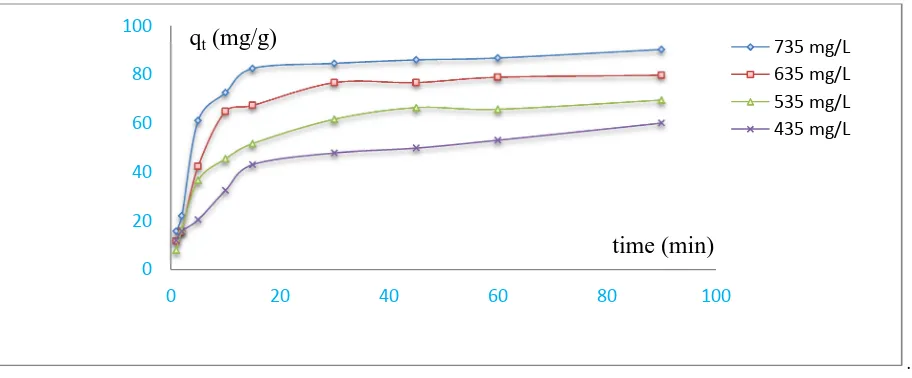Copper adsorption onto starch as biopolymer: Isothermal equilibrium and kinetic studies
Full text
Figure




Related documents
Previously defined QDITA Authoring Application and Alfresco ECMS components are key components in the architecture responsible for preparing source content, which
pattern analysis, and temporal prediction and trend analysis. Change point detection is used to detect the obvious sudden change of the magnitude from a sequence of
Figure 1 shows the variation in the percentage adsorption (removal) of copper ions on to PMW sorbent with stirring time at various initial metal ion concentrations.. The
To deduce the necessity of the presence in the island, we created an l0045- deleted strain of EHEC and observed that both the level of cytosolic EspA and that of the other type
Biomechanical testing of three different staples used in foot and ankle surgery revealed the Richards staple to have the highest fixation stiffness in both bending and torsion,
In both cases, the outlet temperature in dimensionless time close to unity is different from initial temperature of storage and it is caused by the mixing of the incoming fluid and
Corncob adsorption efficiency with five different metal ions (cadmium, copper, lead, nickel and zinc), individually or in mixed solution containing a 20 mM concentration of
Decision aids for tube feeding in older patients have been shown to improve the quality of decision- making for substitute decision-makers. However, our previous study [13] focused


